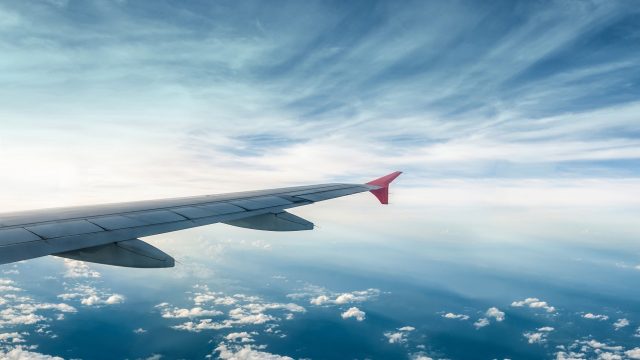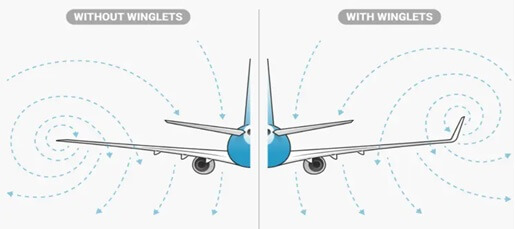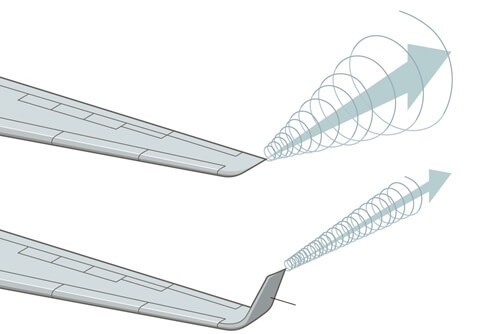Apr 27,2022 – Semih YENİGÜL

We all heard the question, “How does a plane fly? “Even if we didn’t know much back then, now we have a chance to explain. We can express this precisely on the principle of impact-response.
There are 4 forces affect the aircraft taking off:
- LIFT
- WEIGHT/GRAVITY
- THRUST
- DRAG
These forces are resisted by the aircraft. This is accomplished by accelerating while ascending. That is, as airplanes fly forward, the wings compress the air beneath them while diluting the air above them. This creates a pressure difference between the aircraft’s upper and lower sections. As a result, a clear upward force begins to affect the aircraft, and it rises. Therefore, as an aircraft’s speed increases, so does the friction force on it. The air’s friction resistance is proportional to the square of the speed. Furthermore, the drag force generated by an aircraft’s wing attack acts. The greater the angle of attack, the greater the drag on the plane. The most important of these is friction force.
So, what is the function of wings in this context? The main thing to remember in flight anatomy is efficiency. The most important considerations in aircraft design are safety and flight efficiency. As a result, the wings have a significant role to play in ensuring an aircraft’s safe and efficient flight. The ability of an aircraft to stay in the air is due to the different pressures applied by the aircraft’s lifting force under the wing. When the air flowing on the wing leaves the wing tip, vortices (vortices) form due to the pressure difference.
You can see this in the picture below.

So, what exactly are winglets, and what role and significance do they play in this story? During a flight, we all want to sit near the window. However, no one wants to sit on the wing. When passengers sitting on the wing part look out the window, they see a piece curled up at the end of the wing. The flashing light on that part draws the passengers’ attention. A winglet is the upwardly inclined portion of the wing at the tip of the wing.
Scientists added winglets to the ends of the wings to prevent vortices (vortexes) that occur from the take-off stage of the planes to the wheel put. Winglets are wingtip design patterns used in fixed-wing aircraft to improve efficiency.
The inclination of the outward and upward curve of the fins has been calculated to reduce friction and increase thruster performance. Friction decreases flight efficiency and raises flight costs.
The image below demonstrates the variation of curlicues on a wing with a flat wing and winglets at the end.

As you can see, safety is paramount in the aviation industry. Safety includes the entire plane, from the nose to the tail wing. The fins are small, but they make a big difference in flight safety. Let’s not forget that planes are subjected to a variety of airflows as they fly. The fins, on the other hand, direct the airflow, protecting the wing and ensuring a safe flight.
If you ever fly and set on a wing side, don’t forget to look at the fin. Personal awareness is the first step toward safe flight.




